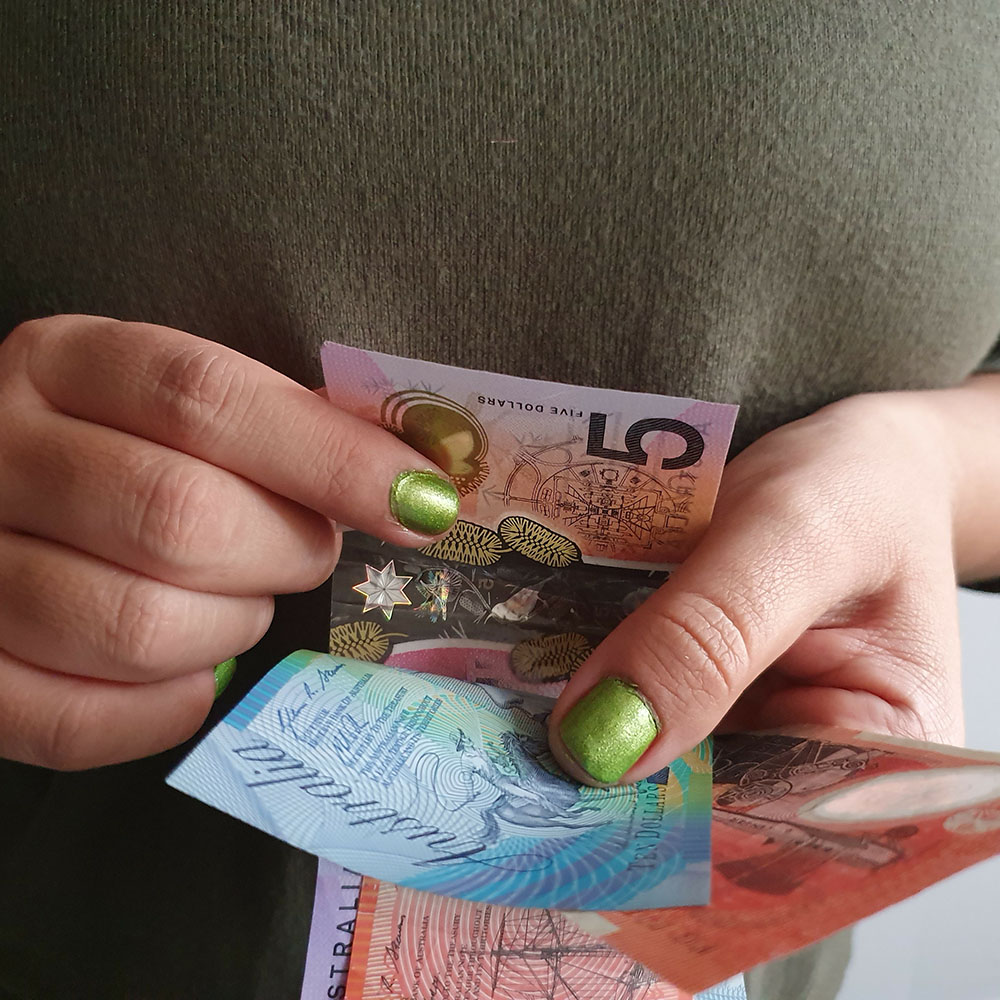The idea behind superannuation, or super, is pretty simple – it’s to ensure you have enough money saved for when you retire from work. While retirement might seem like a distant concept, especially when you’re young and just starting your career, the decisions you make now with your super can have a significant impact on your future. It’s not just about having a nest egg; it’s about securing your financial independence and the quality of life you want to enjoy.
By contributing to your super early and making informed choices about how it’s managed, you can potentially retire earlier and with more financial freedom. This means more opportunities to travel, pursue hobbies, or simply relax without financial stress. So, even though retirement feels like it’s yonks away, taking control of your super now is a crucial step towards a comfortable and fulfilling future.
How it works

Once you get a job your employer will start putting aside a part of your salary to go into superannuation, which is a little like savings for your retirement. The more you save, the more money you’ll have in retirement.
Your employer takes a percentage of your wage on your behalf (it’s usually around 10%), and places it into what’s called a ‘super fund’. This amount of money might not seem like much, but over your entire working life, it adds up.
You can only withdraw your super money in certain circumstances – for example, when you retire or turn 65 years old.
So what is a super fund?
Your super fund is an organisation that holds the money your employer puts aside for you. Each super fund is different. They tend to specialise in different industries. But the aim of each one is the same – to grow your super over time and they do this by investing in businesses that make money.
Without getting bogged down in all the nitty-gritty, you can choose the way you’d like you super fund to invest your super. For this stuff though, it’s a good idea to talk with a financial expert from your super fund, or a Financial Adviser, or start by talking to a parent or trusted adult.
This is the real magic of superannuation is that it keeps growing and growing and growing – right up until the day you retire.

You can chose to kick in more money

If you want to have more money when you retire, you can choose to make ‘voluntary contributions’. For example, you might decide to do what’s called ‘salary sacrifice’.
This is an agreement you can enter into with your employer to top up your super (but there are limits to how much extra you can kick in every year). So depending on your contributions, and the super fund you choose, you could end up with hundreds of thousands of dollars in super when you retire. And that’s super exciting!
Managing and keeping track of your super
Your superannuation is YOUR money, not anyone else’s. This means you can decide on your super fund (and there’s over 500 to choose from). Or you can stick with your employer’s preferred super fund. Again, it’s your choice.
Don’t be afraid to ask questions: What are you entitled to? What does your employer need to pay? Are there any limits that may apply? What are the fees and charges with your current super fund? What happens if you decide to change jobs? How do I go about changing my super fund? And so on.
Making sure your super fund has your Tax File Number (TFN) will make it easier to keep track of your super, move it between accounts, and receive super payments from your employer or the government.
You can check whether your fund has your TFN by looking at the statements they send you. You can also track your superannuation by setting up a myGov account and link to the Australian Taxation Office.


Find out more
You’ll find heaps of useful info about super on the Australian Taxation Office website.
